#african music
Text

#african#afrakan#kemetic dreams#africans#brownskin#afrakans#brown skin#african culture#african music#epic video
78 notes
·
View notes
Text
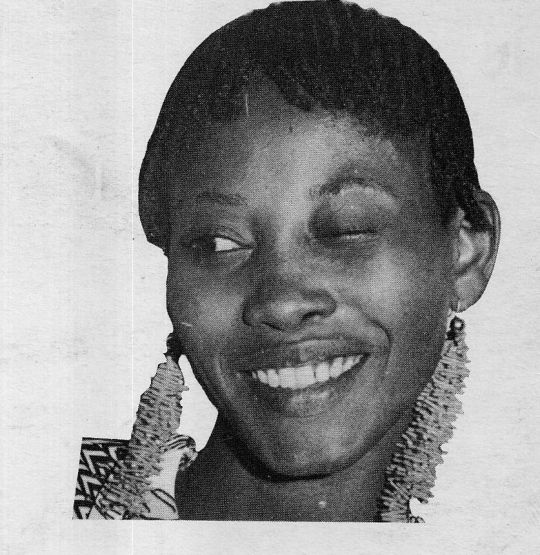
Danger by Lijadu Sisters, 1976
659 notes
·
View notes
Text

Eyadou Ag Leche of Tinariwen, Coachella Music Festival, 2009.
331 notes
·
View notes
Text
Begging you to unmute this please
Holy shit holy shit this song rewired my DNA and jumbled my molecules... The cellist is named Abel Selaocoe. The full song's on YouTube and Spotify
#holy shit#music#intense music#awesome music#tiktok#art appreciation#music appreciation#black musicians#black artists#african music#amazing art#music suggestions#video#new music#music fusion#fusion music#classical music
81 notes
·
View notes
Text
#nkeiruka igbonagwam#@nksogorgeous#blackisbeautiful#blackwomen#blackbeauty#blackwomenaregorgeous#blackandbeautiful#blackwomenbelike#black women built different#blackwomenappreciation#blackculture#blackdance#blackdrums#blackjoy#african music#africandrums#african rhythm#african culture#africanheritage#africandance#african beauty#afro#afrolicious#afrocentrichairstyles#afrocentricstyle#blackgirlmagic#blackgirlaesthetic#blackgirlstyle#blackpride#blackpower
530 notes
·
View notes
Text
Throwback: Happy 85th Birthday, Fela Kuti!
Throwback: Happy 85th Birthday, Fela Kuti! @felakuti
The godfather of Afrobeat, Fela Kuti was born 85 years ago today. Although we tragically lost Fela 26 years ago from AIDS, since his death, his influence on contemporary global music has managed to grow exponentially with an increasing number of bands and artists across the world creating their own specific take on the genre — and sound — he created over 50 years ago.
Kuti’s work is bold and…
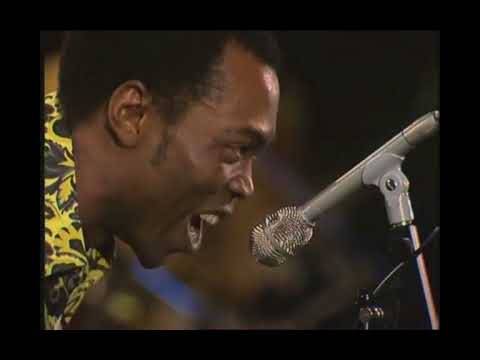
View On WordPress
27 notes
·
View notes
Text
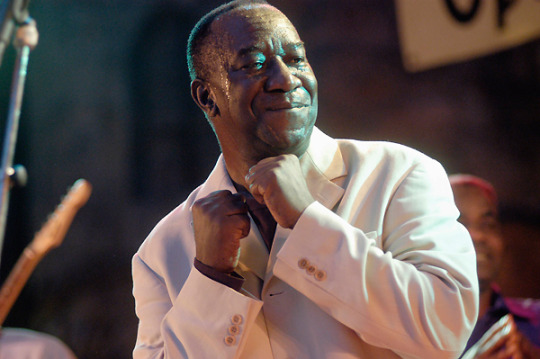
Congolese singer, songwriter, and bandleader Tabu Ley Rochereau (November 13, 1940 - November 30, 2013)
16 notes
·
View notes
Text
youtube
Wonderful mix of West African music! As heard on my live stream on August 22nd.
#african music#world music#music#west africa#african culture#tinariwen#ali farka touré#rokia toure#fatomata diawara#world musicians#desert blues#livestream#Youtube
22 notes
·
View notes
Text

Can someone please tell Tems
That’s I’m trying to American Expre-e-e-e-e-ss my love for her
🫠🤎🥹🥰💐💐💐
#art#generationalwealth#mansorus#mental health awareness#philly#tems#African#african music#temsbaby#Nigerian#searching for love#search & rescue#american express#i think about you all the time
32 notes
·
View notes
Text
#music#60s music#coquette music#african music#woc#black coquette#coquette#soft#lana del rey#dollette#just girly things#girl blogger#girly tumblr#dollcore#i miss old tumblr#tumblr nostalgia#girlblogging#this is a girlblog#this is what makes us girls#manic pixie dream girl#girlblog#sofia coppola#lizzy grant#pinterest#hell is a teenage girl#tumblr girls#it girl#im just a girl#girlhood#60s
7 notes
·
View notes
Text
youtube
Africa 1920
#out of africa#meryl streep#sydney pollack#africa#savannah#african beauty#african history#african love#african music#african style#flying over africa#Youtube
6 notes
·
View notes
Text
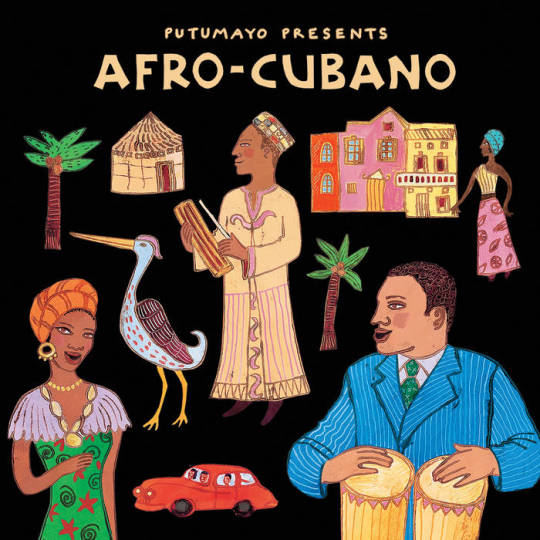
Music of African heritage in Cuba derives from the musical traditions of the many ethnic groups from different parts of West and Central Africa that were brought to Cuba as slaves between the 16th and 19th centuries. Members of some of these groups formed their own ethnic associations or cabildos, in which cultural traditions were conserved, including musical ones. Music of African heritage, along with considerable Iberian (Spanish) musical elements, forms the fulcrum of Cuban music.
Much of this music is associated with traditional African religion – Lucumi, Palo, and others – and preserves the languages formerly used in the African homelands. The music is passed on by oral tradition and is often performed in private gatherings difficult for outsiders to access. Lacking melodic instruments, the music instead features polyrhythmic percussion, voice (call-and-response), and dance. As with other musically renowned New World nations such as the United States, Brazil and Jamaica, Cuban music represents a profound African musical heritage.

Clearly, the origin of African groups in Cuba is due to the island's long history of slavery. Compared to the USA, slavery started in Cuba much earlier and continued for decades afterwards. Cuba was the last country in the Americas to abolish the importation of slaves, and the second last to free the slaves. In 1807 the British Parliament outlawed slavery, and from then on the British Navy acted to intercept Portuguese and Spanish slave ships. By 1860 the trade with Cuba was almost extinguished; the last slave ship to Cuba was in 1873. The abolition of slavery was announced by the Spanish Crown in 1880, and put into effect in 1886. Two years later, Brazil abolished slavery.
Although the exact number of slaves from each African culture will never be known, most came from one of these groups, which are listed in rough order of their cultural impact in Cuba:
The Congolese from the Congo Basin and SW Africa. Many ethnic groups were involved, all called Congos in Cuba. Their religion is called Palo. Probably the most numerous group, with a huge influence on Cuban music.
The Oyó or Yoruba from modern Nigeria, known in Cuba as Lucumí. Their religion is known as Regla de Ocha (roughly, 'the way of the spirits') and its syncretic version is known as Santería. Culturally of great significance.
The Kalabars from the Southeastern part of Nigeria and also in some part of Cameroon, whom were taken from the Bight of Biafra. These sub Igbo and Ijaw groups are known in Cuba as Carabali,and their religious organization as Abakuá. The street name for them in Cuba was Ñáñigos.
The Dahomey, from Benin. They were the Fon, known as Arará in Cuba. The Dahomeys were a powerful group who practised human sacrifice and slavery long before Europeans arrived, and allegedly even more so during the Atlantic slave trade.
Haiti immigrants to Cuba arrived at various times up to the present day. Leaving aside the French, who also came, the Africans from Haiti were a mixture of groups who usually spoke creolized French: and religion was known as vodú.
From part of modern Liberia and Côte d'Ivoire came the Gangá.
Senegambian people (Senegal, the Gambia), but including many brought from Sudan by the Arab slavers, were known by a catch-all word: Mandinga. The famous musical phrase Kikiribu Mandinga! refers to them.
Subsequent organization
The roots of most Afro-Cuban musical forms lie in the cabildos, self-organized social clubs for the African slaves, and separate cabildos for separate cultures. The cabildos were formed mainly from four groups: the Yoruba (the Lucumi in Cuba); the Congolese (Palo in Cuba); Dahomey (the Fon or Arará). Other cultures were undoubtedly present, more even than listed above, but in smaller numbers, and they did not leave such a distinctive presence.
Cabildos preserved African cultural traditions, even after the abolition of slavery in 1886. At the same time, African religions were transmitted from generation to generation throughout Cuba, Haiti, other islands and Brazil. These religions, which had a similar but not identical structure, were known as Lucumi or Regla de Ocha if they derived from the Yoruba, Palo from Central Africa, Vodú from Haiti, and so on. The term Santería was first introduced to account for the way African spirits were joined to Catholic saints, especially by people who were both baptized and initiated, and so were genuine members of both groups. Outsiders picked up the word and have tended to use it somewhat indiscriminately. It has become a kind of catch-all word, rather like salsa in music.
The ñáñigos in Cuba or Carabali in their secret Abakuá societies, were one of the most terrifying groups; even other blacks were afraid of them:
Girl, don't tell me about the ñáñigos! They were bad. The carabali was evil down to his guts. And the ñáñigos from back in the day when I was a chick, weren't like the ones today... they kept their secret, like in Africa.
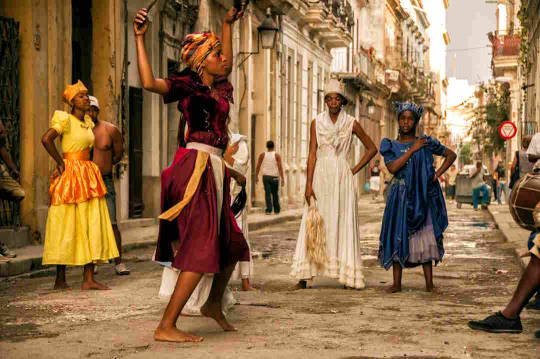
African sacred music in Cuba
All these African cultures had musical traditions, which survive erratically to the present day, not always in detail, but in the general style. The best preserved are the African polytheistic religions, where, in Cuba at least, the instruments, the language, the chants, the dances and their interpretations are quite well preserved. In few or no other American countries are the religious ceremonies conducted in the old language(s) of Africa, as they are at least in Lucumí ceremonies, though of course, back in Africa the language has moved on. What unifies all genuine forms of African music is the unity of polyrhythmic percussion, voice (call-and-response) and dance in well-defined social settings, and the absence of melodic instruments of an Arabic or European kind.
Not until after the Second World War do we find detailed printed descriptions or recordings of African sacred music in Cuba. Inside the cults, music, song, dance and ceremony were (and still are) learnt by heart by means of demonstration, including such ceremonial procedures conducted in an African language. The experiences were private to the initiated, until the work of the ethnologist Fernando Ortíz, who devoted a large part of his life to investigating the influence of African culture in Cuba. The first detailed transcription of percussion, song and chants are to be found in his great works.
There are now many recordings offering a selection of pieces in praise of, or prayers to, the orishas. Much of the ceremonial procedures are still hidden from the eyes of outsiders, though some descriptions in words exist.
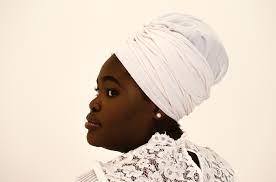
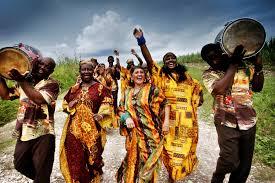
Yoruba and Congolese rituals
Main articles: Yoruba people, Lucumi religion, Kongo people, Palo (religion), and Batá
Religious traditions of African origin have survived in Cuba, and are the basis of ritual music, song and dance quite distinct from the secular music and dance. The religion of Yoruban origin is known as Lucumí or Regla de Ocha; the religion of Congolese origin is known as Palo, as in palos del monte.[11] There are also, in the Oriente region, forms of Haitian ritual together with its own instruments and music.
In Lucumi ceremonies, consecrated batá drums are played at ceremonies, and gourd ensembles called abwe. In the 1950s, a collection of Havana-area batá drummers called Santero helped bring Lucumí styles into mainstream Cuban music, while artists like Mezcla, with the lucumí singer Lázaro Ros, melded the style with other forms, including zouk.
The Congo cabildo uses yuka drums, as well as gallos (a form of song contest), makuta and mani dances. The latter is related to the Brazilian martial dance capoeira

#african#afrakan#kemetic dreams#africans#brownskin#brown skin#afrakans#african culture#fitness#afrakan spirituality#afro cuban music#afro cuban#igbo#yoruba#congo#african music
122 notes
·
View notes
Text
228: Emahoy Tsegué-Maryam Guèbrou // Jerusalem

Jerusalem
Emahoy Tsegué-Maryam Guèbrou
2023, Mississippi Records (Bandcamp)
When she passed away at age 99 in Jerusalem in March of 2023, the Ethiopian nun Emahoy Tsegué-Maryam Guèbrou (alternatively spelled Tsege-Mariam Gebru) had achieved a degree of international fame for a number of piano recordings she had made in the 1960s and ‘70s after they were collected on a 2006 volume of the long-running Ethiopiques series. Much of the attention paid to her story has focused on the circumstances of her extraordinary life, which reached from the court of the Emperor Haile Selassi, to wartime refugee status after Mussolini’s 1936 invasion of her home, to an administrative denial of an opportunity to study at London’s Royal Academy of Music, to taking her vows at nunnery. There are richer synopses already written than I can manage here of both her life and the technical qualities of her remarkable compositions, which utilize a uniquely Ethiopian musical vocabulary but will likely remind Western listeners of Satie or Beethoven.
youtube
Mississippi Records has undertaken a project to reissue her slim body of work (she is known to have composed around 150 songs, though the number she recorded seems to be more like 50), though their compilations tend to hop around chronologically rather than re-releasing complete records. Jerusalem is the latest of these as of this writing and the first to be released since Emahoy’s death, collecting tracks from a 1972 10”, home recordings made in the 1980s, and a single song that appears to date from 1963 (the liner notes are somewhat unclear on this). Like Emahoy’s other releases, these are all solo piano tracks, instrumental save for that 1963 outlier, the tender “Quand la mer furieuse,” which is the first vocal track in her oeuvre. The highlight to my ear is 1972’s “Jerusalem,” a vivid longer piece the artist says is meant to evoke both the love of Ethiopians for that ancient city, and the tragedies of the wars which have ravaged it. Indeed, there is a pensiveness to the song, a sense of an endless cycle in its refrain that nonetheless cycles off into a different motif each time it recurs—signs of hope, perhaps, that despite the recurrences of history, the city’s soil may produce alternative flowers.
youtube
227/365
#Emahoy Tsegué-Maryam Guèbrou#'60s music#'70s music#'80s music#emahoy tsegue-maryam guebrou#tsege-maryam gebru#piano#solo piano#ethiopian music#african music#erik satie#beethoven#modern classical#female musicians#female singer
11 notes
·
View notes
Text
youtube
Diaraby - Ali Farka Toure, Ry Cooder
11 notes
·
View notes
Text
12 notes
·
View notes
Text

#Thandiwe Ọṣuntoki Fatoyosi#@thandiiiii#@OSHUN#blackisbeautiful#blackwomen#blackbeauty#blackwomenaregorgeous#blackwomenbelike#blackandbeautiful#blackgirlmagic#blackgirlaesthetic#blackgirlbraids#afrocentrichairstyles#african prints#africanheadwraps#african fashion#african adinkra symbols#african music#african culture#african heritage#afrofuturism#afrocentrism#panafricanism#blackculture#blackmusic#blackpeople#blackpride#blackpower#blacktumblr
133 notes
·
View notes